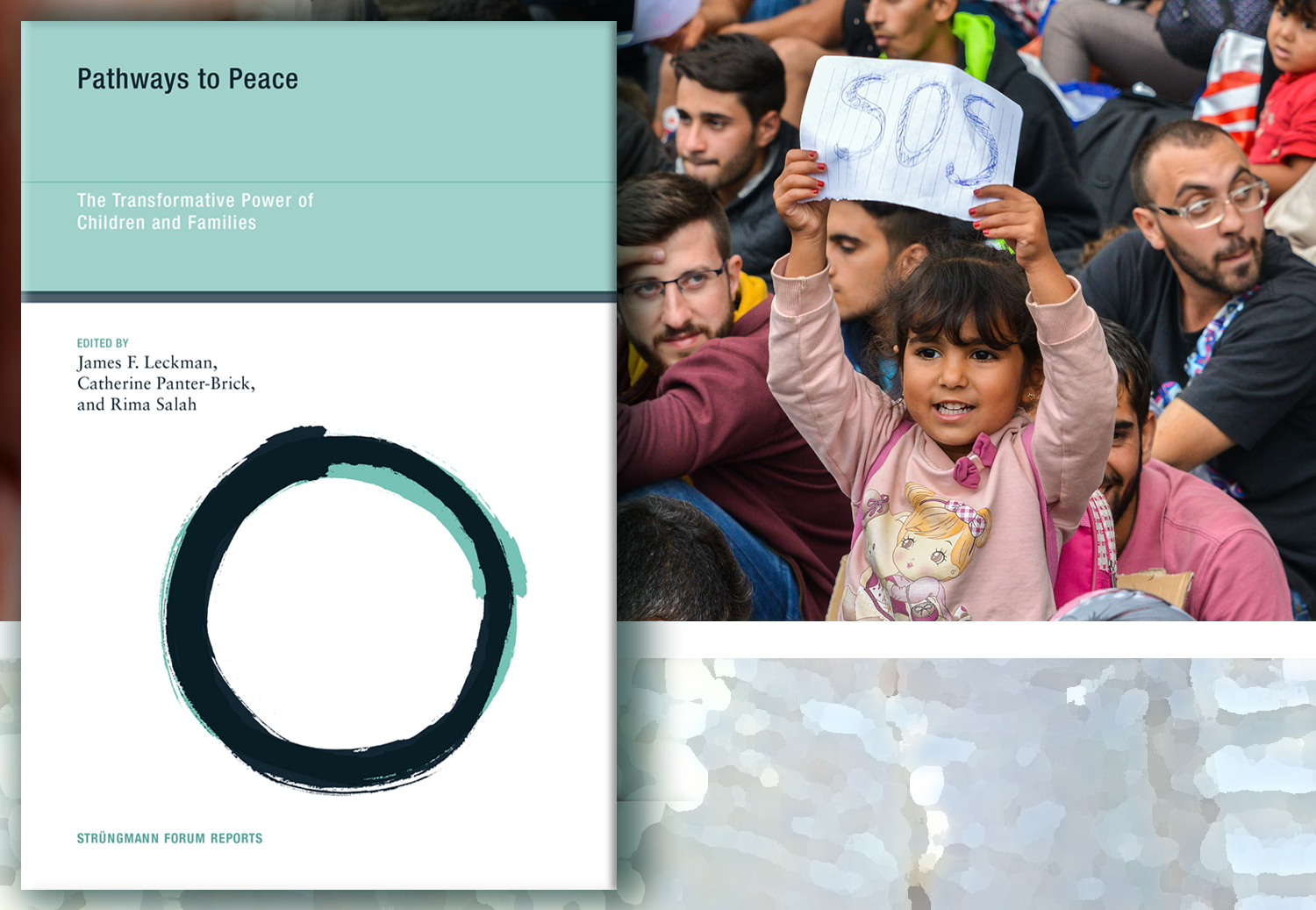Challenges in society
Chapter 12. Mental health and development among children living in violent conditions: Underlying processes for promoting peace
Raija-Leena Punamäki
Peacebuilding is believed to be especially challenging among children who themselves fall victims to collective and interpersonal violence. An intriguing question is whether a focus on trauma, and on healing its negative impacts, is necessary for peacebuilding and societally harmonious human development. Some argue that suffering, pain, and injustice must be recognized and healed if peaceful and harmonious development is to be enabled; others emphasize the importance of positive outcomes despite violence. This chapter analyzes how forms of violence (military and domestic) influence the social, emotional, and cognitive development of children. Particular attention is given to the risks and negative impacts as well as the positive protective processes that promote meaningfulness. It also discusses how psychosocial interventions can enhance positive and peace-enhancing development in community and family domains. The core issue is to create political, societal, and cultural preconditions that will facilitate children’s mental growth and generative resilience despite violence.
For more information on chapter, “Mental health and development among children living in violent conditions”, please visit our resource library.
Chapter 13. Structural violence and early childhood development
Andrew Dawes, & Amelia van der Merwe
The second part offers the example of an essential package of population-level, evidence-based services for young children and caregivers that has been developed in South Africa. These services aim to reduce exposure to risk factors that compromise developmental potential, and to increase protective and promotive influences in those most affected by poverty. It covers basic services designed to promote maternal and child health and nutrition, stimulation for early learning, social protection, child protection, and the well-being of primary caregivers. Provision of these services is seen as a social good (not just an investment in future productivity). They should be available to all, but particularly to those disadvantaged by poverty and other forms of deprivation occasioned by structural violence.
For more information on chapter, “Structural violence and early childhood development”, please visit our resource library.
Chapter 14. Promoting the capacity for peace in early childhood: Perspectives from research on resilience in children and families
Ann S. Masten
Key questions are raised for consideration by those aiming to promote peace through early childhood policies and practices. The first set of questions stems from the principle that “competence begets competence” in human development, asking whether building success in the developmental tasks of early childhood might also promote potential peace-related goals, attitudes, skills and processes in children and their ecologies, which could in turn contribute to peace at the level of families, communities, or societies. The second set considers whether reducing structural violence (i.e., inequalities in income, healthcare, education, and opportunities in early childhood) might promote peace along with better health and well-being at the level of individuals and societies. A third set raises provocative issues related to possibilities that capacities and skills intended to promote peace could also be applied to promote conflict and war and questions about whether violence can be adaptive or peace-promoting under some circumstances.
For more information on chapter, “Promoting the capacity for peace in early childhood”, please visit our resource library.
Chapter 15. Healthy human development as a path to peace
Daniel J. Christie, Catherine Panter-Brick, Jere R. Behrman, James R. Cochrane, Andrew Dawes, Kirstin Goth, Jacqueline Hayden, Ann S. Masten, Ilham Nasser, Raija-Leena Punamäki, & Mark Tomlinson
What is the potential role of early childhood interventions for promoting peace? From our perspective, healthy human development during early childhood can lay the foundation for the child’s acquisition of complex and specific capacities required to engage in peace-promoting behavior. This chapter focuses on children’s capacity to create, maintain, and restore harmonious and equitable relationships with others. Obstacles and catalysts for healthy human development are identified, as are the competencies required for children to engage in harmonious and equitable relationships. Sustainable peace in a society requires a “systems approach” that reduces both direct and structural violence and promotes peaceful means and socially just ends. A model is proposed based on four sequential foundations: healthy human development, healthy primary relationships, prosocial interpersonal relations, and the adoption of a peace and social justice orientation toward out-group members. Three case studies are presented to clarify the key concepts and propositions we advance. Drawing on an agentic perspective, in which the child is a producer as well as the product of social environments, our concept of peaceful children implies not only healthy human development and the acquisition of specific developmental capacities for peace, but also the child’s internalization of a set of values that support a commitment to relational harmony and social justice. In conclusion, suggestions for future research are offered.
For more information on chapter, “Healthy human development as a path to peace”, please visit our resource library.
Chapter abstracts reprinted courtesy of the MIT Press.
Reference
James F. Leckman, Catherine Panter-Brick, and Rima Salah (eds.), Pathways to Peace: The Transformative Power of Children and Families, © 2014 Massachusetts Institute of Technology and the Frankfurt Institute for Advanced Studies.
Links
JOIN THE CONVERSATION
For breaking news and to stay connected, follow us on social media. Sign up to get our E-News delivered straight to your inbox.


